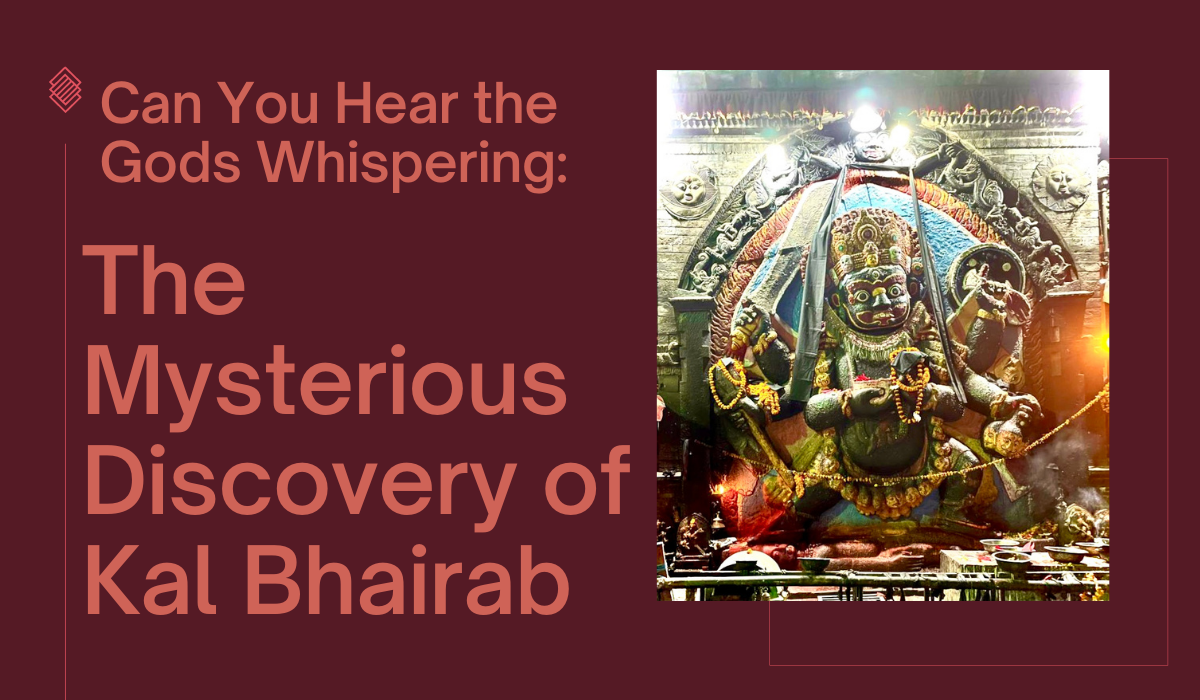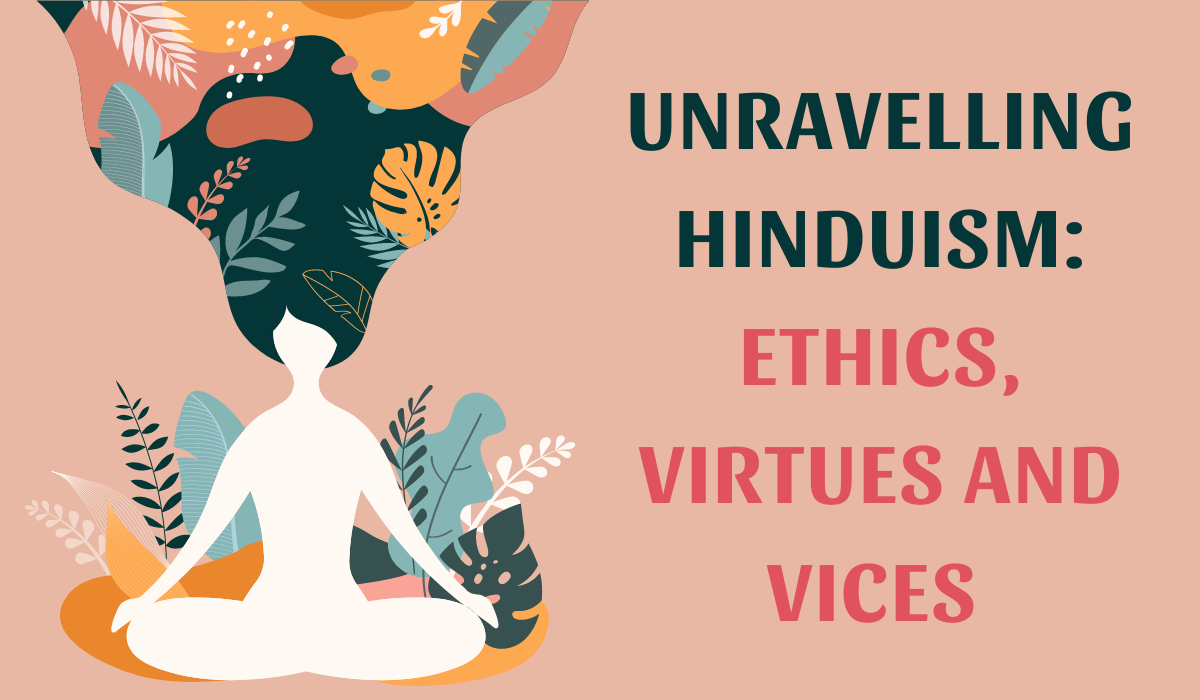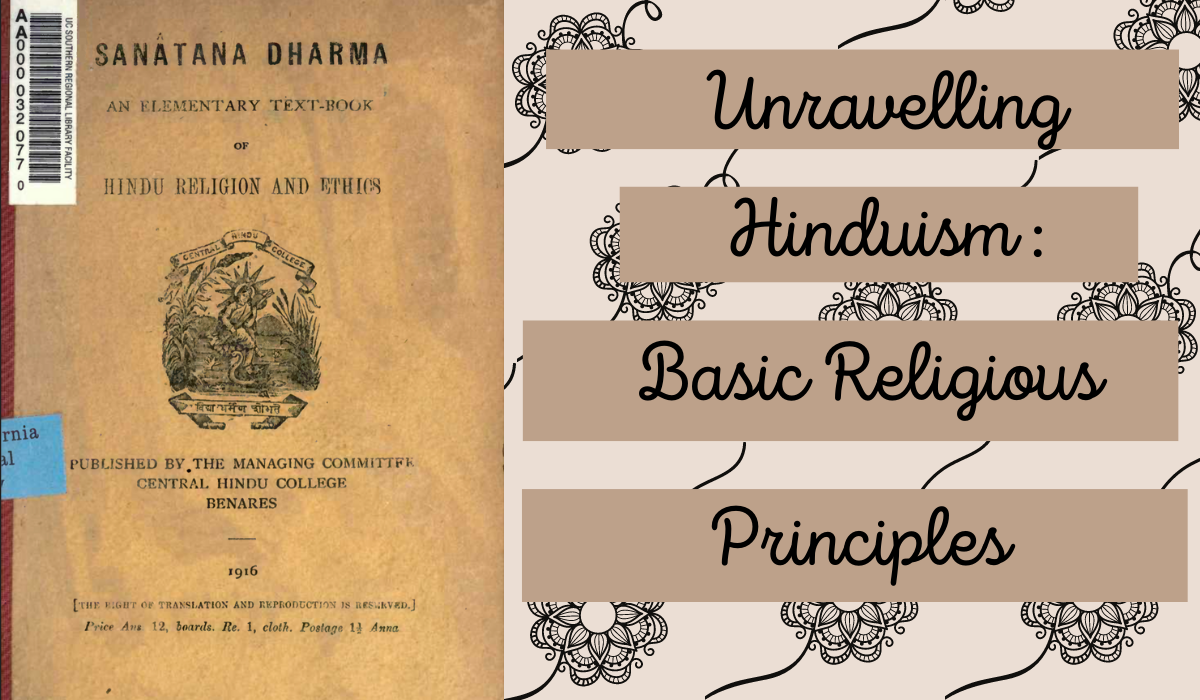Can You Hear the Gods Whispering: The Mysterious Discovery of Kal Bhairab

Some years ago, I saw a book called “Kathmandu: where the Gods are young.” This title struck me so deeply that even now, almost a decade later I still recall it, even though I never got the chance to open up the book and see what was inside. There was something so profound about the title, it reminded me that I live in a city where the Gods are present at every turn. Each street corner has a small temple or shrine and our cityscape is defined by round Stupas and triangular mandirs. I would see these buildings without fully appreciating what it meant: that this city, this country, it’s history and it’s people are shaped by the divine in a way that I am yet to see in any other nation in the world.
I realised this more fully last year when I read two books, ironically both were completely unrelated to Nepal. “Mythos” and “Heroes” are books by the inimitable Stephen Fry. They are both collections of Ancient Greek Myths retold in an accessible way for modern readers and take us through everything from the Ancient Greek ideas of the creation of the universe all the way up to the famous Ancient Greek heroes and their various feats of triumph. Now you may wonder what all this has to do with Nepal. Well, as I read the stories about Gods coming down from Olympus to shape the course of human lives and to interact with mere mortals, I realised that what was happening in Ancient Greece many millennia ago was happening in our own country mere centuries ago. Of course Nepal is a country where the Gods are young, they were walking among us for thousands of years and even until just a few hundred years ago. We see the marks they have left on our nation even today. I cannot imagine a more spiritually alive country than Nepal.
What follows is a series of short stories that show exactly how intertwined the celestial and the earthly are in our country, and how the cities we live in and the streets we walk are there by divine purpose.
Before we get lost in the wonders of the stories that follow, I would like to pay tribute to the late Mir Subba Shiva Hari Rimal whose knowledge of Hinduism and Nepali history was unparalleled. He shared his wisdom with four generations of my family and I am so pleased to be able to share with our readers these myths and legends that he kept a record of. I hope that in passing along his knowledge I can keep his memory alive and can imbue the same love for Nepal that he had into all of us.
(Please note that what follows does not claim to be a factual, definitive or comprehensive history. These are stories that have been passed down in an oral tradition for many generations. There may be different versions of each of these stories and what is found here is simply one retelling. This article and its associated imagery are in no way meant to cause offence or wipe out any other narratives that may exist regarding these topics.)
The Mysterious Discovery of Kal Bhairab
The statue of Kal Bhairab stands tall and terrifying in the heart of Kathmandu. Just outside Hanuman Dhoka in Basantapur Durbar Square (also known as Kathmandu Durbar Square) this colourful and imposing deity looms, watching all who pass by with large probing eyes that seem to look straight into you. The tale of how he came to be there is just as mystical as the deity himself, and this is the story we delve into today.
Raja Pratap Malla who resided in the palace of Hanuman Dhoka wished to fill up the pond he had constructed for the temple of Shesh Sai Narayan within the premises of his palace. In order to fill the pond, water would have to be brought from Budanilkantha Kunda Narayan and the construction of a drain was commissioned to achieve this. While digging this channel for the water, a large area of land had been excavated in the Rani Bari area. While digging here, a large stone was discovered, and upon further excavation and inspection it was realised that the stone was actually a large statue: that of Kal Bhairab.
The King saw the magnificent nature of the statue, and thus he determined that this statue should be placed in front of his palace. With the combined effort of a great many people the statue was lifted into a standing position and was moved to the location the King desired, and this is where it is found today. It was thought by the most learned individuals of the time that this statue originated from a time long before that of Raja Pratap Malla though they were unable to find any evidence as to its origins. At the time of its discovery it was proclaimed that the statue was carved from just one piece of stone and was nau heat lamo (nine hands long). There were two lions either sides of the ferocious deity and he stood upon the body of a vanquished foe. He wore a necklace of skulls that fell to his knees and wore jewellery depicting snakes on his ears, wrists and feet. The deity had six hands, the top two hands held a sword and shield, one held a bowl for offerings, one hand was held in blessing, another held a trisul and one held three heads by their hair. The crown he wore was also decorated with skulls and his eyebrows looked as though they were made of burning flames. This form of Bhairab is known to be the destructive avatar of Shiva, therefore accounting for his terrifying appearance. Of course this apocalyptic form of the Destroyer Shiva would be most intimidating to lay one’s eyes on.
The adornments of Chandra, Surya and an additional lion were added to the statue following its discovery.
The imposing Kal Bhairab stood in front of the courthouse of the time and many families have different beliefs regarding his role, though all agree that through his blessing we will all be cleansed.
One belief regarding Kal Bhairab suggests that he acts as a judge and that if a supposed criminal was tried in front of Kal Bhairab the truth as to his guilt or innocence would easily become apparent. Either the convicted would confess and be put to death, or if he chose to lie in the presence of Kal Bhairab, the wrath of the deity would ensure that the guilty man would lose his life. In this vein, there was once a devious man who despite the fact that he was guilty, was able to deceive the glare of justice. The story goes that this man worked in government and was notoriously corrupt and was therefore called to appear in front of Kal Bhairab the following morning to confess his crimes. Aware that he was guilty and was therefore destined to die the next day, the man went to visit his mother one last time. He relayed his predicament to his mother who ordered him to do a very strange thing. She instructed her son to suckle at her breast as though he were a baby again. The man followed his mother’s instructions, and the next morning went to his trial. Standing in front of Kal Bhairab, the corrupt man was asked if he had ever committed any wrongdoing in his position within the government. Confidently the man replied “I have not committed any wrongdoing since I was a suckling child.” Since there was not a hint of a lie in the man’s statement, he did not face death that day.
I hope the next time you walk through Durbar Square and stare up at Kal Bhairab in all his glory you remember the epic story of his discovery. Perhaps for the believers amongst us, his presence also acts as a reminder that one day we will all be judged for our wrongdoings.
If you wish to read more on the series “Can You Hear the Gods Whispering” please click the links below.

